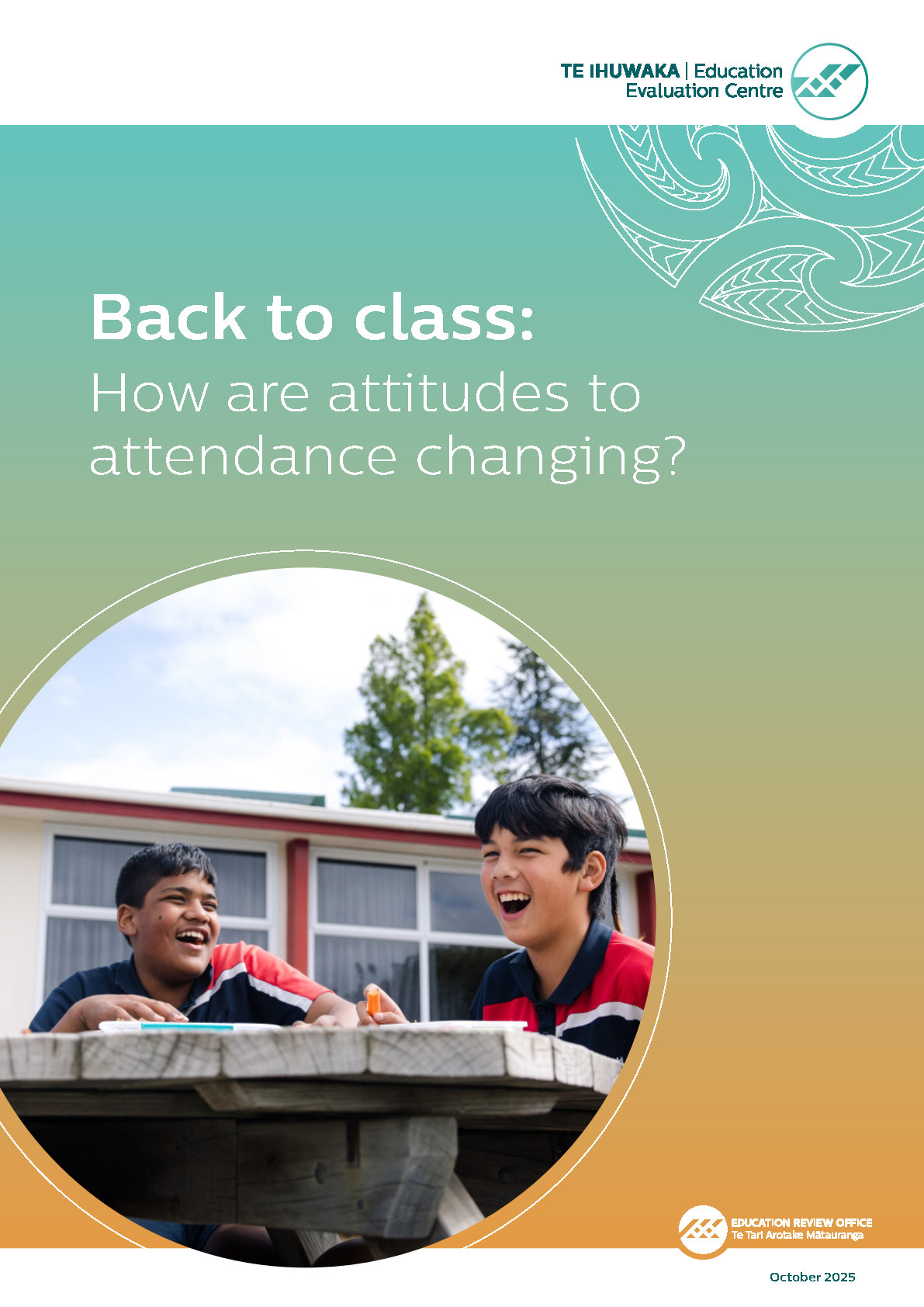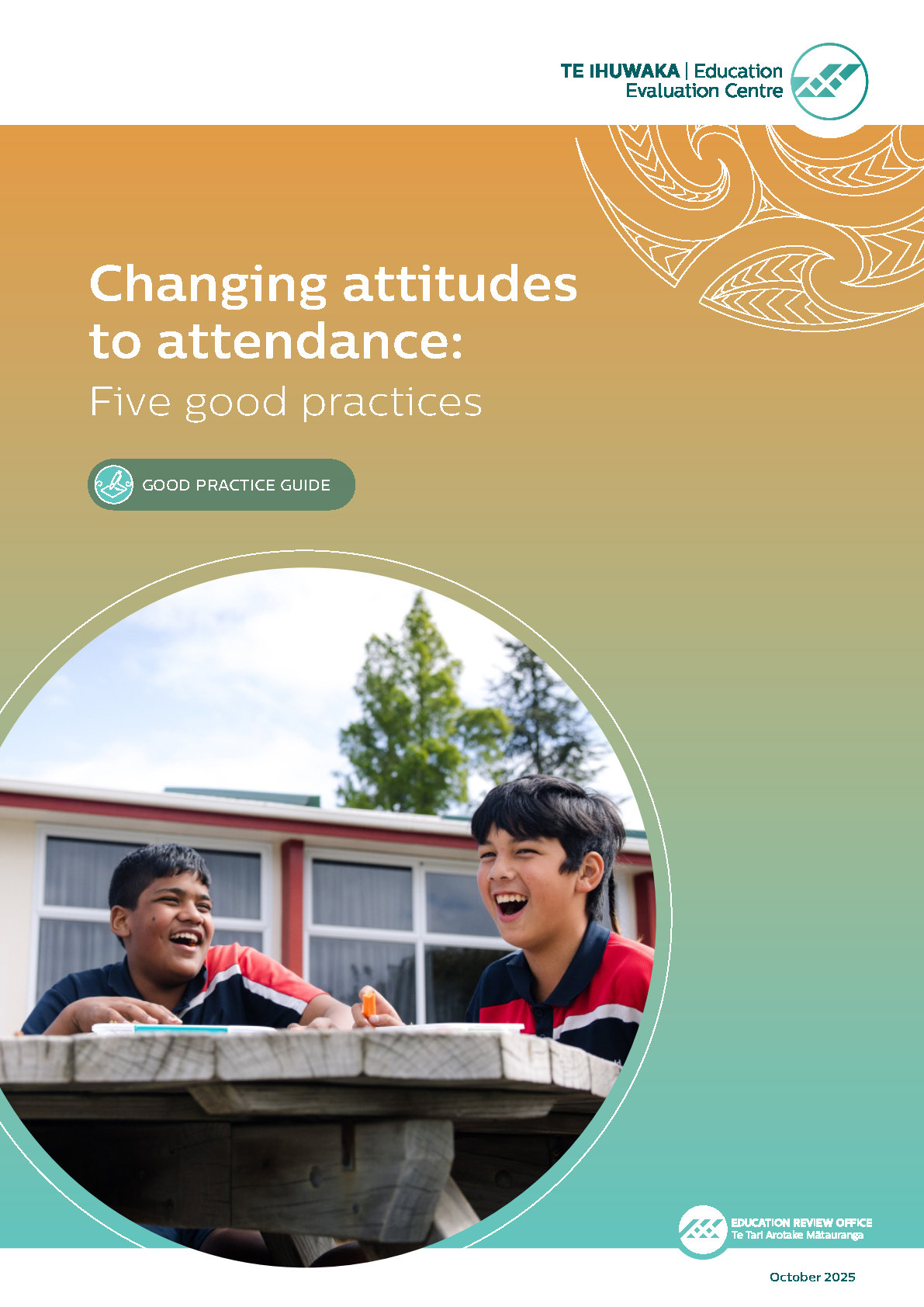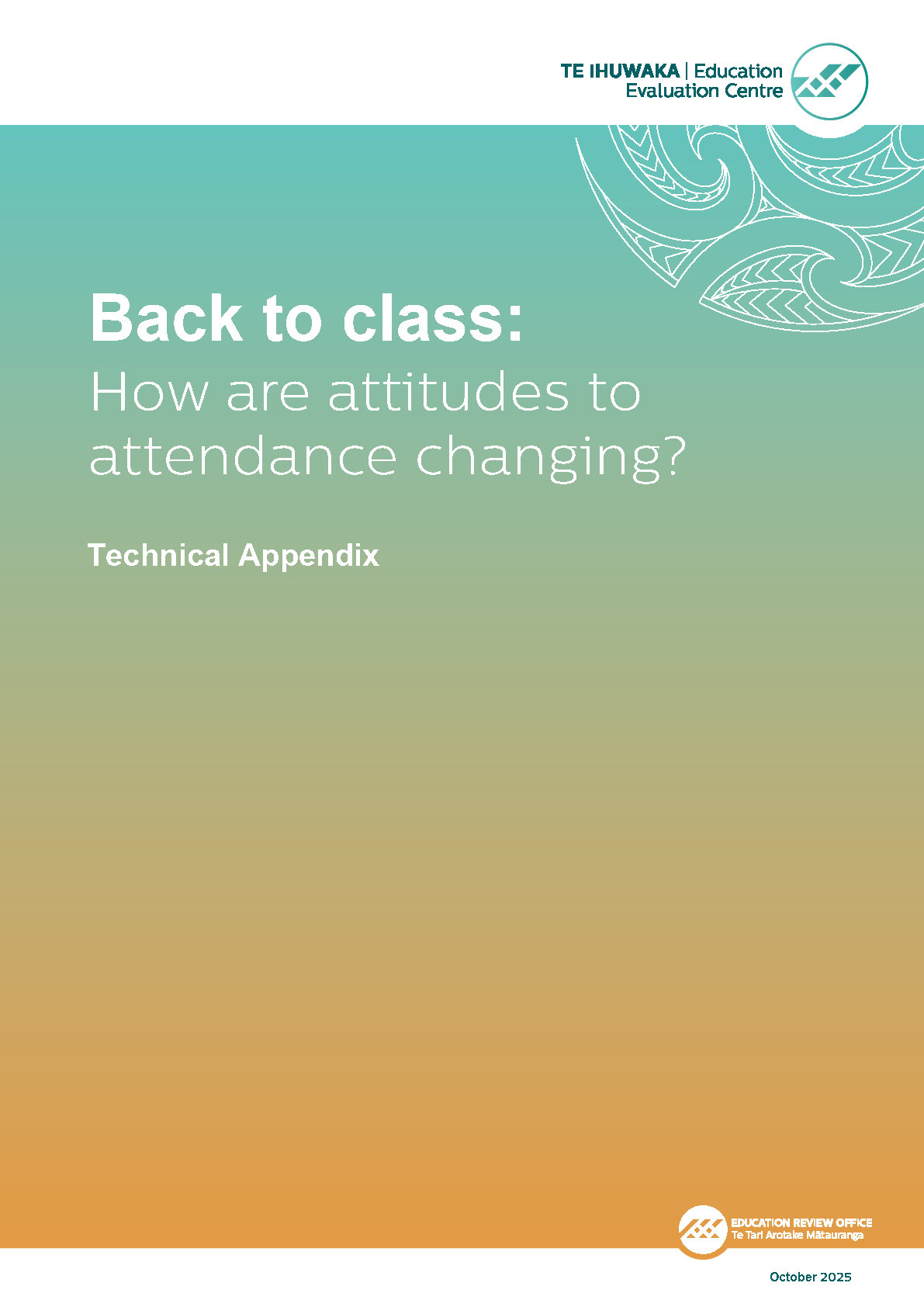1) Student belonging
Promote student belonging by:
Assigning roles and responsibilities
- Consider positions and duties that students need to be at school to do.
Supporting students to feel connected to their teachers
- Show students that teachers are people they can talk to.
Supporting students to feel connected to their peers
- Find ways to use groups, activities, and events to build social connections.
Tackling bullying
- Use proven whole-school strategies to prevent bullying – not just respond to it.
2) Clear expectations
Set clear expectations by:
Communicating clear and consistent expectations with students
- Explain to students why their attendance matters and how absences can impact their futures.
Communicating clear and consistent expectations with parents and whānau
- Show parents and whānau how every day matters for their child’s achievement.
Keeping parents and whānau informed of their child’s attendance
- Share ongoing attendance information so parents and whānau can support their child proactively – not only once it’s a problem.
3) Practical supports
Provide effective practical supports by:
Deciding on practical supports based on school-specific data and evidence
- Find out about specific barriers to attendance and focus on those.
Monitoring the impacts of practical supports
- This helps school leaders understand whether their support is working.
4) Rewards
Use rewards effectively by:
Setting realistic and increasing targets
- Reachable targets are more motivating than ones that feel too aspirational too soon.
Rewarding students collectively
- Recognise classes or year groups to help build a collective sense of ownership.
5) Patterns of closures
Minimise the impacts of school closures on attendance by:
Selecting days and times that minimise disruption to students’ routines
- Tuesdays and Thursdays aren’t best, as they lead to extended weekends. Half-day closures can also result in full-day absences.
Communicating information about closures to parents and whānau as early as possible
- This helps ensure transport, childcare arrangements, etc., can be put in place.
Also! An end-to-end approach
We can sustain improvements to attendance by taking an end-to-end approach.
- This is about prioritising attendance relentlessly
across the school, every day. Great attendance is
everybody’s business!
More info:
Want more detail, including evidence-based strategies and stories? Check out our full good practice guide here at evidence.ero.govt.nz




